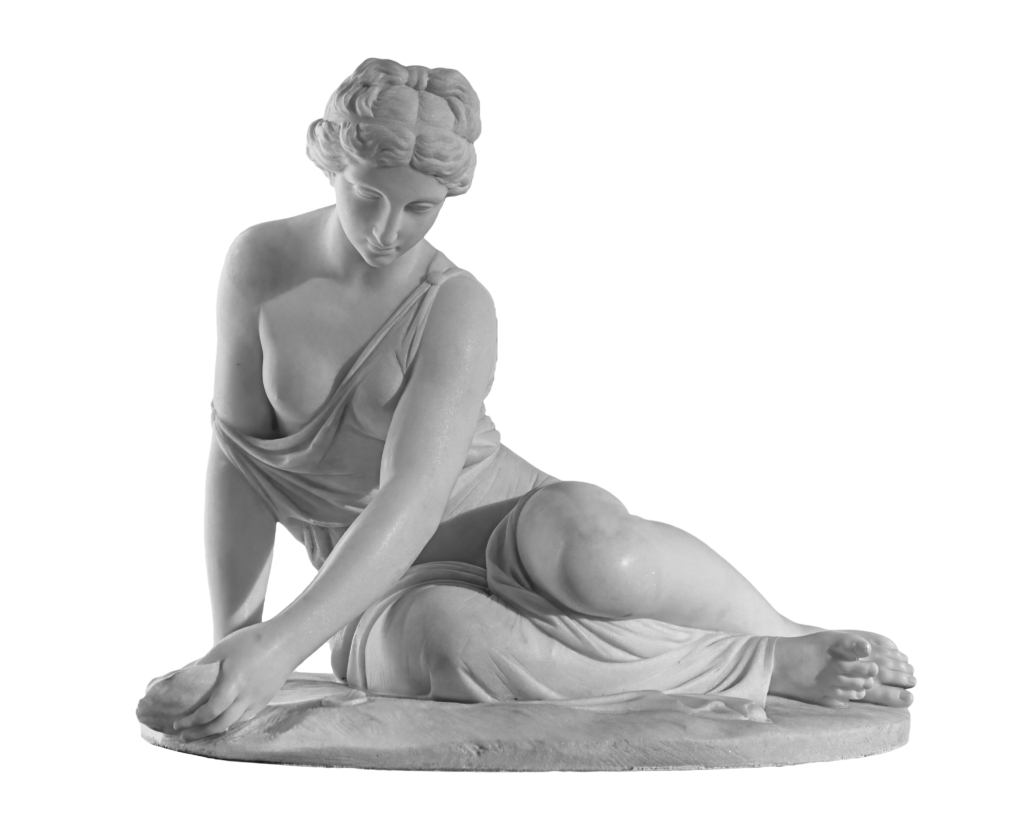Postscript
At the turn of the 20th century, hematology was a poster child for the emerging era of modern (lab) medicine. Though few doctors or investigators considered themselves hematologists (such a designation was not popularized, let alone formalized, until the mid-1900s), they were enthralled with the ability to obtain “liquid biopsies” from their patients and develop/apply new quantitative techniques to assay the cellular and plasma components. Hematology as an area of interest, if not specialty, was thriving and much of this work, such as George Minot’s Nobel Prize winning discovery of liver as the first effective treatment of pernicious anemia, was focused on non-malignant disorders.
During the latter half of the 20th century, a number of forces converged in the US to dilute the hematology brand. First, hematologists – anxious to leverage emerging treatments for malignant blood disorders – formed an uneasy alliance with oncologists. This partnership took on a David and Goliath dynamic, with non-malignant hematology relegated to second class status. Second, clinical pathology took control of the lab side of hematology, depriving hematologists of a critical clinical revenue stream. Finally, PCPs became more comfortable taking care of a wide range of bread and butter hematological conditions, for example megaloblastic anemia, immune thrombocytopenia and iron deficiency anemia, effectively diminishing the referral pool.
How do we save nonmalignant hematology from its seemingly inexorable demise? The answer is multi-pronged. One approach, which we are addressing here, is the strategic use of names. For decades now, the terms benign hematology and nonmalignant hematology have served their purpose. However, the term benign has recently come under fire because it belies a slate of nonmalignant conditions that are life-threatening. Indeed, there has been a recent shift toward referring to the field as classical hematology, in a nod to the early 20th century figures in classical hematology.
In discussing the merits of employing this term, one commentator stated that: “cutting-edge advances need to be captured when shaping the future of the field and attracting new talent.” Yet, what in the word classical captures the spirit of cutting-edge? Classical is a largely nostalgic term that harkens back to Ancient Greece and the classical work in hematology at the turn of the 20th century (not to mention collectible cars form the 1950s). We may as well hold up a white flag. If we are to sharpen our swords and play ball (sorry for the mixed metaphor), we need to be brave, bold and innovative. Names matter. To be competitive, let’s come up with one that is more forward looking!


